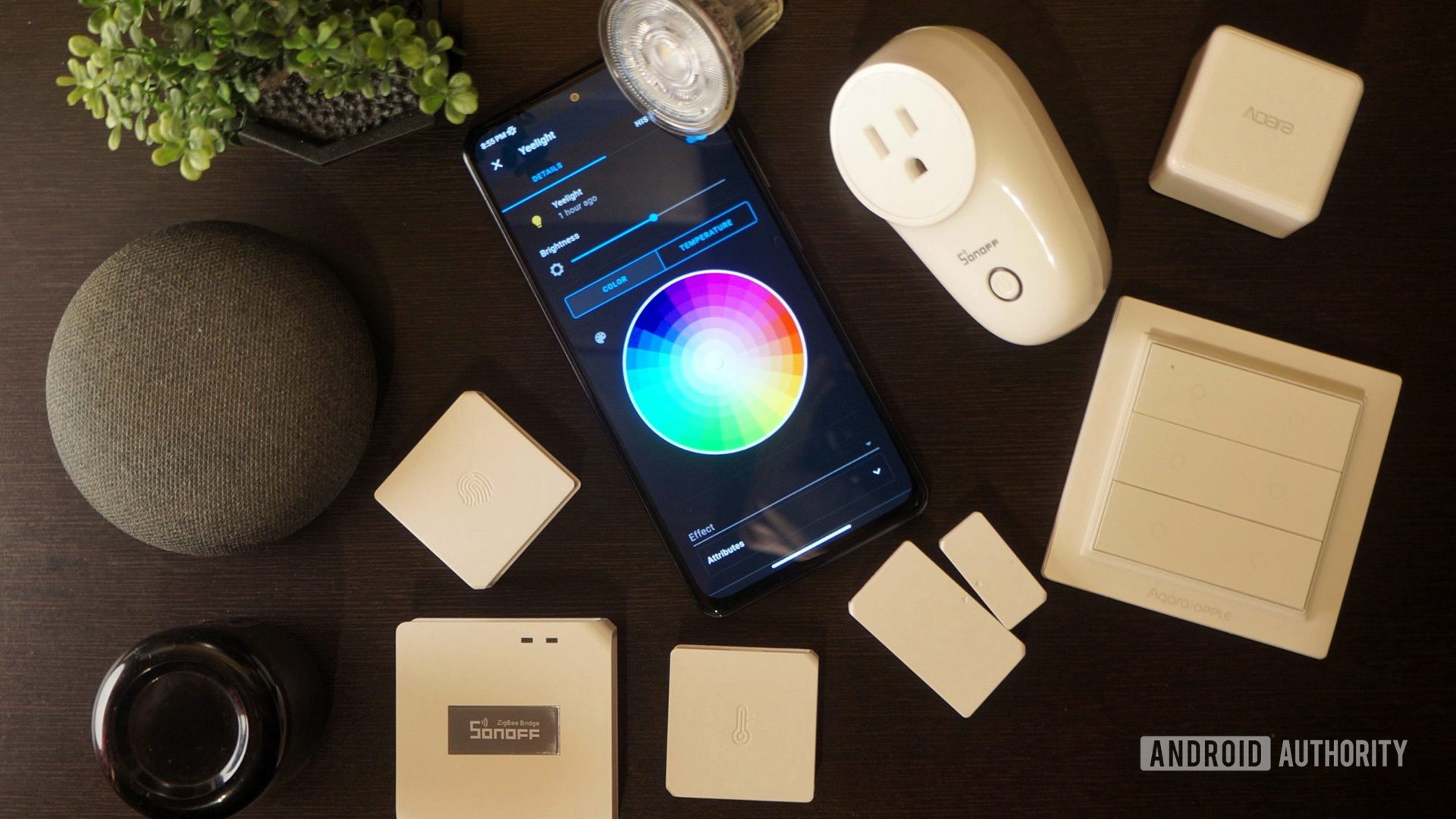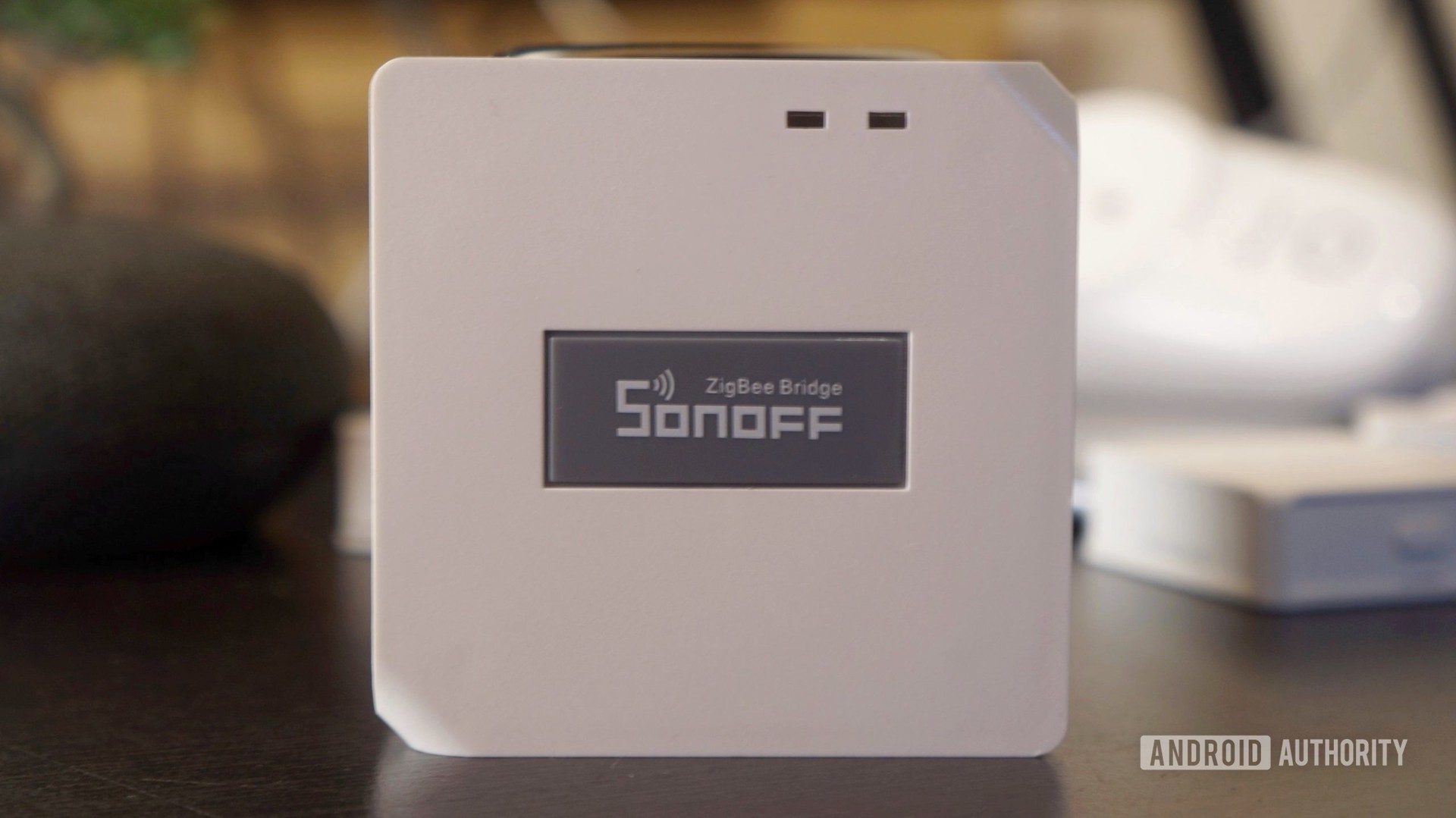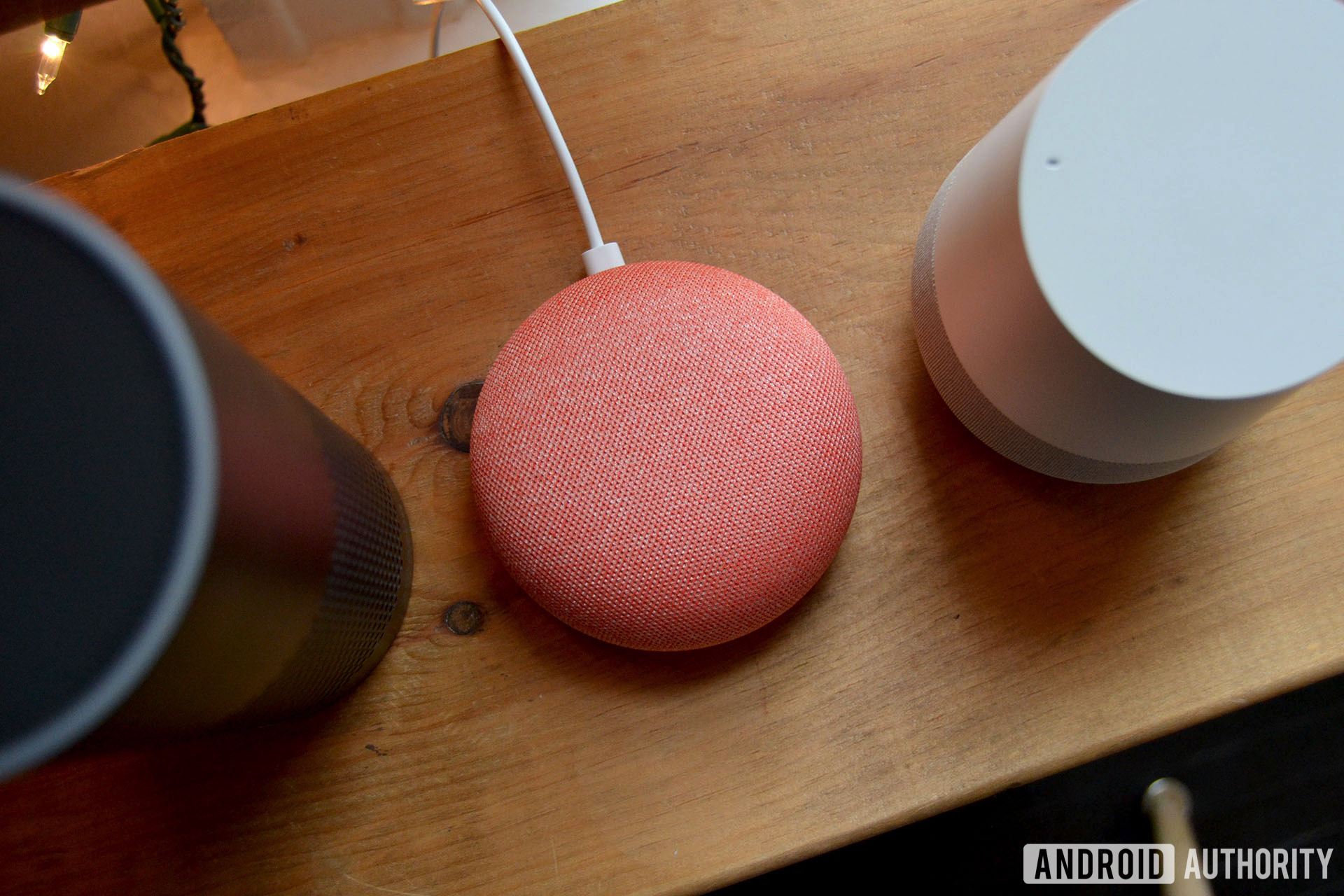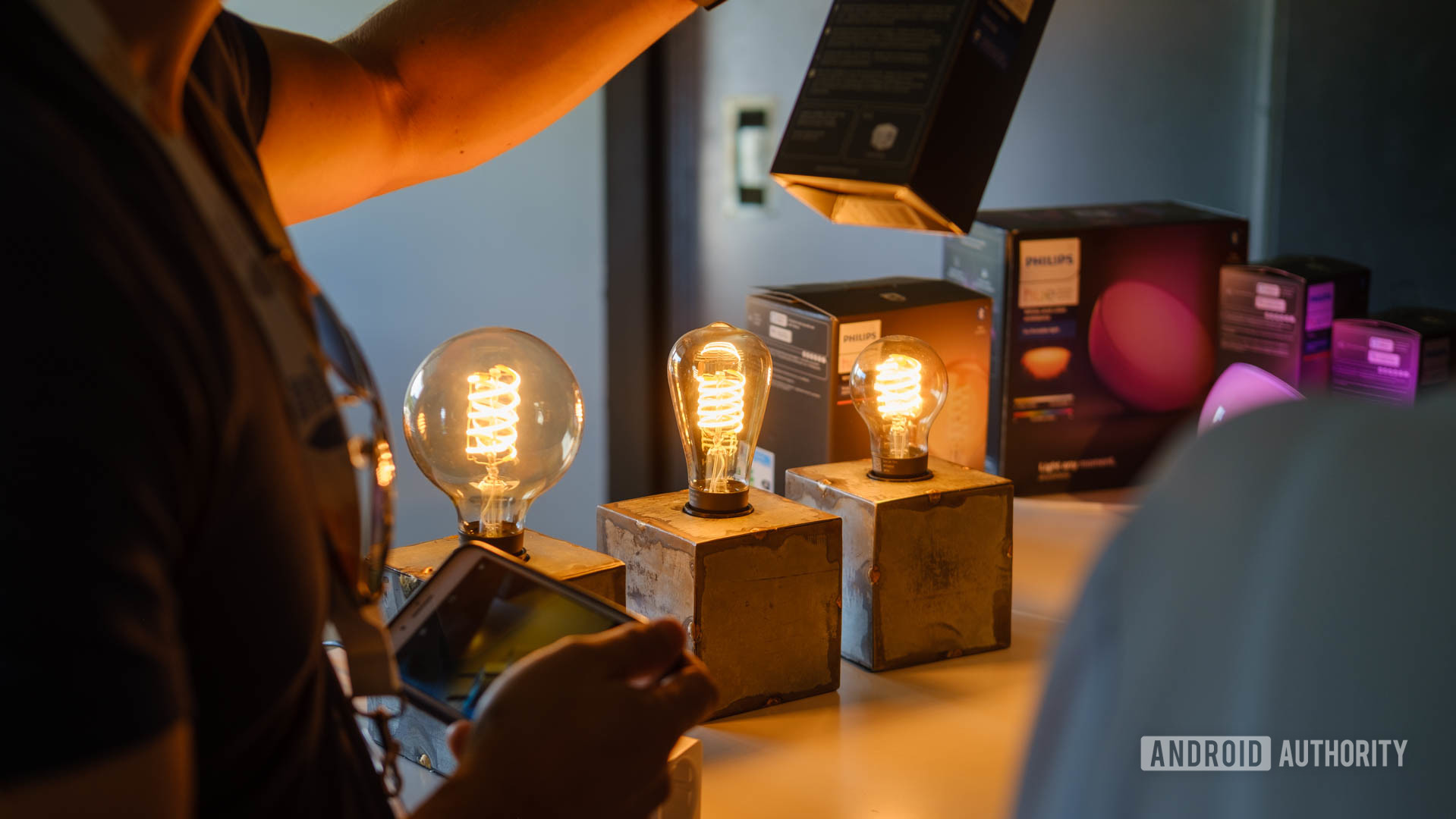5 things I wish I’d known before building an advanced smart home

Calvin Wankhede / Android Authority
Building a smart home is great. Why? Because home automation makes your life easier.
Enticing as it may sound, I’m not sure I’d totally agree with that sentiment. I’ve tried countless home automation products over the years, including a few shoddily-made ones that I probably shouldn’t have connected to my home network.
While my home is admittedly a lot smarter now, it was a hard-fought battle. With dozens of standards, brands, and even communication protocols, getting a cohesive experience is hard — even for a tech enthusiast.
While I can’t distill all of my journeys, I can save you from having to go down some particularly treacherous rabbit holes. To that end, here are five lessons I learned from building my own smart home that might help you build your own automated paradise.
Read more: The best smart home devices you can buy
1. Wi-Fi sucks — try Zigbee or Z-Wave instead

Calvin Wankhede / Android Authority
Connectivity is at the heart of any smart home, so let’s talk about it first. There are four major smart home protocols in use today: Wi-Fi, Bluetooth, Zigbee, and Z-Wave.
Zigbee and Z-Wave are wireless protocols like Wi-Fi but work very differently. They are mesh networks — devices connect and exchange information with each other. Wi-Fi devices, on the other hand, only connect to a central router and mostly ignore each other.
You still need a hub for Zigbee and Z-Wave, but it can be placed several rooms away. As long as you have devices placed along the way, far-off devices will have no problems phoning home.
But why not Wi-Fi if you have a decent signal throughout your home? Well, Wi-Fi-based devices almost always involve a pairing process that connects them to the manufacturer’s server. Besides the privacy and security implications, this can lead to fragmentation if you aren’t careful.
Deep dive: Zigbee vs Z Wave — is one better than the other?
Imagine this: half of your devices can be controlled within one app, while the rest live in some other walled-off ecosystem. Not very convenient, is it? What’s worse — automations are tied to individual apps, so you can’t get competing products to sync up.
Wi-Fi devices also don’t respond very quickly in my experience. Turning something on or off should feel as instantaneous as flicking a switch. Yet, the vast majority of Wi-Fi devices insist on slow, internet-based control — even if you’re on the same local network.
Zigbee and Z-Wave devices, in contrast, don’t connect to the internet directly and automation logic is usually processed on the local hub itself. Both are standardized protocols too, so a single hub can talk to devices from different manufacturers. Fewer apps? You bet.
Zigbee and Z-Wave don’t connect to the internet directly and automation logic is usually processed locally.
Other advantages over Wi-Fi include reliability and power consumption. The latter is why Zigbee sensors are so much smaller — they don’t need a massive battery!
Wi-Fi devices are cheaper but resist the temptation. Protocols like Zigbee and Z-Wave tend to just work, and that peace of mind is worth the premium.
2. Smart speakers aren’t enough for true automation

While marketing might lead you to believe that smart speakers like Google’s Nest Audio are a perfect fit for smart homes, they’re embarrassingly bad at actual automation.
Google Assistant routines, which allow you to set up automations, are not processed or executed locally. In other words, if your internet connection fails, your daily evening routine to turn on the lights will also cease to function.
Furthermore, Google’s “connected home” platform isn’t nearly as fully featured as a dedicated smart home hub. It doesn’t support door or motion sensors, for example, so you can’t have the lights turn on as you walk into a room. Cross-device triggers are also entirely missing from routines. This means that you can’t even do something as basic as automating a fan based on the room’s current temperature.
You can technically use select Nest devices as presence sensors, but those don’t work on a per-room basis. In other words, you can only have automations that trigger when you leave your home or return.
Google Assistant routines are still missing some critical home automation functionality.
It’s worth noting that Amazon’s Echo lineup does offer slightly better functionality in this regard. The Echo Show and Echo Plus both include a Zigbee radio, allowing you to use them as a proper hub.
While functionality is still somewhat limited compared to a dedicated Zigbee hub, Amazon’s routines are a bit more polished. You even get basic voice command functionality while offline. Having said that, keep in mind that cheaper Echo devices can only automate Wi-Fi-based devices.
Read more: What’s the best Echo speaker?

Edgar Cervantes / Android Authority
Now that we’ve established why you might want a dedicated hub when building a smart home, let’s run through your options. This is a device that everything else in your home connects to, so reliability and ease of use are of paramount importance.
There are essentially two kinds of hubs — ones that are locked to a manufacturer and those that will connect to just about anything. Gated ecosystems often promise a more curated user experience. However, I’ve found that’s just marketing speak for either proprietary protocols, “certification” stickers, or unjustified price premiums. More on that in a later section.
Proprietary home automation ecosystems are frustrating. Interoperability is important!
For now, which hub should you get if you’re just starting out? Here are a few I’d recommend:
- SmartThings: Developed by Samsung, SmartThings is easy to use and intuitive. It’s compatible with a wide range of Zigbee and Z-Wave products, and even supports community-developed plugins for non-standard devices.
- Home Assistant: While Home Assistant is the most powerful and configurable platform on this list, it’s unfortunately not very beginner-friendly. Like most open-source projects, though, it has a huge community that’s always adding new features and devices. If you’re a fellow tinkerer, there’s nothing better. Just be warned that it’s more than a simple weekend project.
- Hubitat: Even though Hubitat is one of the smaller players in the smart home industry, it combines the best aspects of SmartThings and Home Assistant. It’s simple, feature-rich, and locally controlled. Hubitat prides itself on its customizability and excellent device support.
- HomeKit: Apple’s HomeKit platform is surprisingly feature-rich and versatile. HomeKit turns your devices into a hub — so a HomePod, Apple TV, or iPad is all you need. The upside is that your devices and automations are controlled locally, unlike Google Home. The downside? No Zigbee or Z-Wave support — you’ll need a separate hub for those protocols. Still, it eliminates Wi-Fi’s fragmentation and local control woes.
4. Smart homes don’t have to be expensive

Assuming you’ve picked Zigbee or Z-Wave as your smart home protocol, there’s no reason to stick to one brand or ecosystem.
SmartThings and HomeKit both maintain a laundry list of partner brands and compatible devices on their respective websites. Hubitat and Home Assistant don’t offer certifications because of their open nature but work with more devices than you’d expect.
Why is this important? Take motion sensors, for example. If you own a SmartThings hub, you don’t have to buy Samsung’s first-party sensors. A worthwhile alternative is Aeotec’s Z-Wave multi-sensor that rolls temperature, humidity, motion, and UV detection into one package. Another promising option is GE’s Enbrighten sensor that bundles an in-wall light switch and takes power from the wall instead. The choices are endless.
See also: The best smart light bulbs — Philips, Lifx, and more
If you’re a bit more adventurous, lesser-known options like Xiaomi’s Aqara, eWelink’s Sonoff, and Ikea’s Trådfri platforms are worth a look too. In my experience, devices from these brands almost always deliver acceptable results at a fraction of the cost.
Compatibility isn’t always guaranteed, of course, but a simple Google search or two can end up saving you tons of money.
Ikea and Xiaomi smart home products offer acceptable performance at impressively low prices.
There are some notable exceptions, of course. Philips Hue, for example, is extremely easy to set up but is not a very open ecosystem. You can pair many third-party Zigbee devices, but unless they’re certified under the “Friends of Hue” program, functionality isn’t guaranteed. Official Hue accessories like sensors also aren’t cheap, in part because so few alternatives exist. Unsurprisingly, most Hue users I know simply ended up getting a second hub for other devices.
5. The cloud isn’t reliable: smart homes still need manual control

Calvin Wankhede / Android Authority
Wireless Zigbee switches from Aqara and Sonoff
Once you’ve got your automations up and running, you may be tempted to get rid of those “legacy” light switches. After all, you don’t want someone turning off your smart lights and breaking your automations, right? Well, it’s not quite that simple.
Unless you live by yourself, it’s important that your home’s smart-ness is as unobtrusive as possible. What works well for you probably isn’t the ideal choice for someone else. And the last thing you want is a family member or guest that cannot even turn on a light. Trust me — I’ve been there.
Another point to consider is that server outages are extremely common. Even big names like Hue, Tuya, and GE tend to go offline every now and then. The more services you chain together, the more likely these outages are to affect you. Cloud-to-cloud connections like Google-Hue have failed me multiple times, even though both platforms worked fine through their respective apps.
Try and design your smart home with offline functionality available as a fallback.
All in all, design your automation system with offline functionality in mind. This, of course, starts with picking a hub that doesn’t turn into a paperweight in the absence of an internet connection. As for manual control, switches still reign supreme. If you’re concerned about killing power to your smart devices, smart switches are a great idea. Your automations will still run and you don’t have to worry about restoring power manually.
Personally, I use wireless, battery-operated Zigbee switches that sit right next to my dumb switches. I’ll admit that it isn’t the prettiest solution, but you could get proper in-wall solutions too. Switches from Lutron and Inovelli come highly recommended but be warned that they do cost a fair bit more.
See also: The best automation apps for Android
Hopefully, my findings will help make your home automation journey a bit easier. My final piece of advice would be to start small — try limiting yourself to a couple of devices and sensors at first.
You can always deploy more hardware incrementally, depending on your needs. This approach also lets you gain valuable real-world experience. You might eventually realize that certain things aren’t worth automating or that you need to divert your resources elsewhere. Building a smart home and getting it to work for you truly is a marathon, not a sprint.
For all the latest Technology News Click Here
For the latest news and updates, follow us on Google News.

